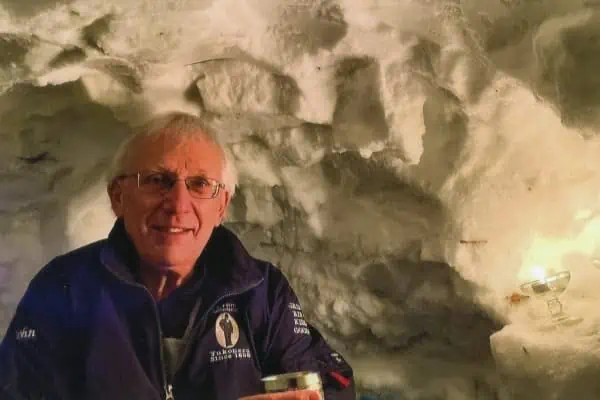Ever since the advent of the internet, pundits of all description have been predicting the demise of print journalism.
Traditional newspapers and magazines, once so prolific and influential in Canada and elsewhere, are undergoing seismic change and downsizing in an age of instant access to news, opinions and images from the most remote corners of the globe.
For much of the 20th century, even after radio and television started turning news gathering and dissemination on its head, consumers maintained a loyalty to their daily newspaper. The mere fact of being in print somehow made a story more credible.
There is probably no microfiche available of the Acta Diurna (acts of the day), the daily sheet that began informing Roman citizens of what their senators were getting up to a full 25 years before the assassination of Julius Caesar.
From those modest beginnings, daily and weekly journalism – what the late Knowlton Nash called “history on the run” – has contributed an enormous amount to the collective understanding of how our world came to be what it is, for good and bad.
Since Canada’s first newspaper, the Halifax Gazette, started publishing in 1752, print journalism has been an integral component of our national and regional historical record.
A study of contemporaneous journals can yield a remarkably accurate picture of the values, interests, fashions and currents of thought of any given period, including the political, economic and social biases of individual writers, editors and publishers.
In the English-speaking world, this is true not just of major publications such as The Guardian, the New York Times, the Wall Street Journal, China Daily or the Times of India.
It also applies to humble little independent weeklies, such as the one you’re reading right now.
What’s Up Yukon doesn’t even call itself a newspaper, and what it offers is anything but hard-edged journalism. In its 10-plus years of publication, it has made no attempt to chronicle momentous events, or the rise and fall of powerful public figures.
That is not its mandate. Never has been, never will be.
What is does – and has done successfully, week after week, 500 times in a row – is provide a forum for people to tell each other stories about people they know and things they care about, on a down-home, everyday basis.
It’s about arts and culture, entertainment and recreational pursuits, hobbies and lifestyles, including matters of such burning importance as whether or not to wear socks with sandals.
Above all else, it’s about sharing, and community, and appreciating our mutual time and space on this planet.
Centuries from now, when historians and anthropologists are rooting through the past, using whatever information-retrieval tools they have at hand, I’m pretty sure their reaction will be:
“Wow. What a treasure trove. This What’s Up Yukon thing tells me exactly what Yukon life was like in the early years of the 21st century. Thanks, Tammy.”




